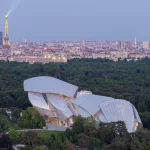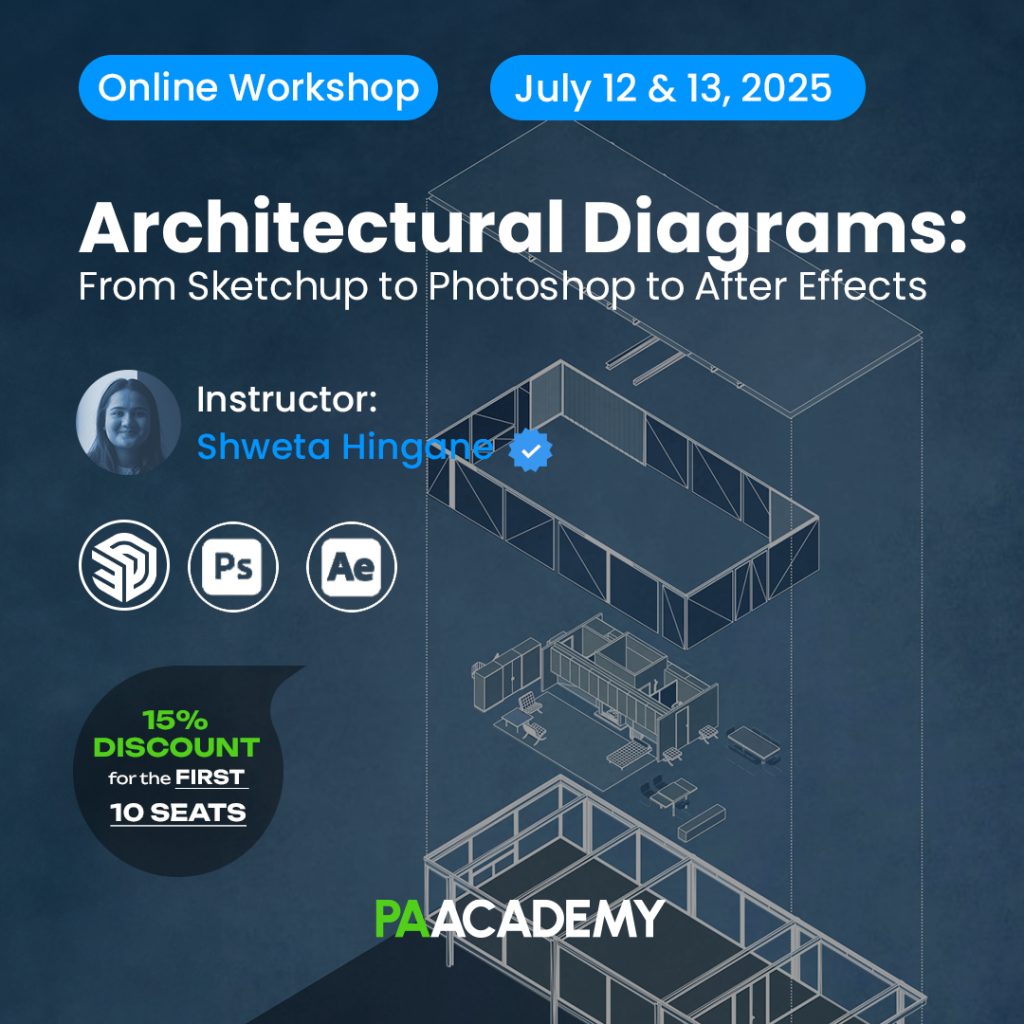
While the climate is crying for urgent action, architecture, too, has become an immense ‘revamping’ stage toward sustainability. The hope for the disappearance of careless and wasteful construction practices indicates in bridging computing and circular economy principles. Designers are leading as a strategy for an abundant contribution toward constituting zero waste paradigm using modularity, adaptability, and reusability.
The Circular Economy: A New Framework for Architecture
The circular economy encourages the usage of ‘resource conservation’ through reusing materials and causing minimal waste. In contrast to conventional linear strategies—take, make, and dispose—the framework encourages sustainability through designing for deconstruction and lifecycle extension. Computational design tools empower architects to seamlessly weave these principles into their projects.

Modular Design: Building for Flexibility
Modularity is the core foundation of computational architecture, helping buildings to change over time through their diverse needs. The prefabricated components are made for assembly and disassembly with no waste generation.
The Circular Pavilion exemplifies the best of what modularity can offer. Components, coming out of the parametric modelling, may be disassembled for reuse in future buildings. The approach extends the life of material but significantly reduces embodied carbon.

Computational Tools: Designing for Reusability
While material optimisation is streamlined only to make sure that there is minimal waste in the production process, the material optimization in the case of the parametric and generative design would now have the capability of simulating environmental and structural constraints so that architects could predict performance while minimizing material offcuts.
Consider BIG’s Amager Resource Centre. This set of projects connotates a waste-to-energy plant salvaged materials and computational design which created this striking facade. Thus, these projects only exemplify how computational approaches harmonize aesthetics and sustainability.

Lifecycle Assessments: Mapping Environmental Impact
Quantify the environmental footprint of the material used in the construction process, using lifecycle assessment tools. This type of information empowers architects to design with low-impact alternatives in mind and with end-of-life strategies built into design.
The Edge Amsterdam was considered the world’s greenest building. LCAs were employed during the construction process to ensure that the choice of materials supported the circular economy goals. The use of computational modelling played a central role in attaining net-zero ambitions.

Case Study: Reclaiming Waste in Construction
The Triodos Bank by RAU Architects is a shining example of circular construction: nearly 100% of its materials are reusable, thanks to a careful digital registry that was created through computational tools. The material passport tracks components for later projects, minimizes demolition waste, and helps to sort materials according to the different applications they can be used in.

Generative Design: Designing Zero-Waste Systems
Generative algorithms provide architects with an opportunity to test thousands of design iterations in search of configurations that best minimize waste. These algorithms simulate how materials will work, providing the best distribution of resources possible.
An example is the Al Wasl Dome at Expo 2020 Dubai, where computational design reduces structural waste and yet reaches a complex, iconic geometry.
Circularity in Urban Scale Projects
Computational strategies are scaling circular economy principles into urban planning. Digital twins—as virtual replicas of an urban system—can model those cities in near real-time for energy flows, waste cycles, or resource use.
For example, Sidewalk Labs’ Toronto Quayside combines modular timber construction with computational tools in order to create a circular urban ecosystem. Projects like this indicate a future where zero waste is no longer the prescription applied just to buildings but rather cities as a whole.

Challenges in the Adoption of Computational Circularity
It promises much, though the integration of computational design into circular economy principles brings along with it its own set of barriers. Lots of upfront costs, skill gaps, and the inertia of traditional practices prevent this technology from widespread adoption. But emerging open-source software and new collaborative platforms are democratizing access to these tools.
A Vision for the Future
With computational design and the circular economy, the thoughts about sustainability in architecture take a whole new flavor. From modularity to lifecycle assessments, these new strategies reshape the built environment. Considering that the zero-waste mind is slowly being adopted by the industry, it will likely be so impactful on the environment.
Architecture could grow up, after all, by embracing technology and changing material life cycles to be truly regenerative disciplines. The computer is ushering in that change, translating zero-waste aspirations into realities-one innovative project at a time-through this design revolution.
Now Stay Ahead with PAACADEMY
Check out the workshops at PAACADEMY-these are a good way to get your hands on the latest digital design tools. The industry experts leading the sessions are here to help you keep your edge sharp and inspired in this ever-changing field.



















Leave a comment